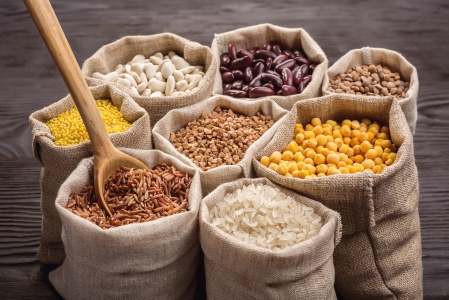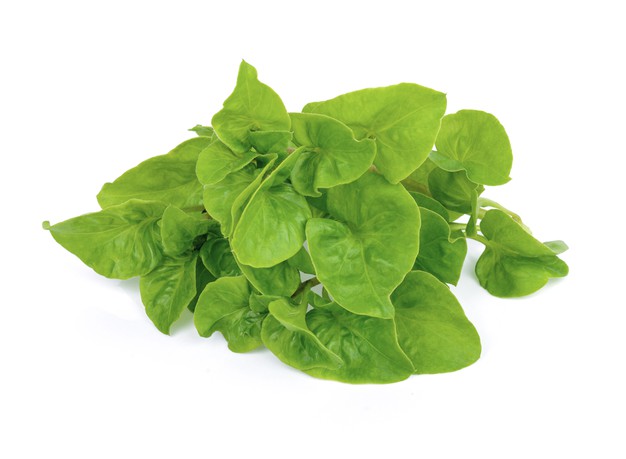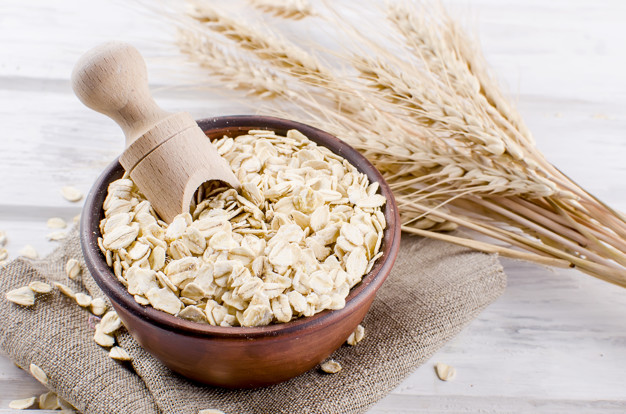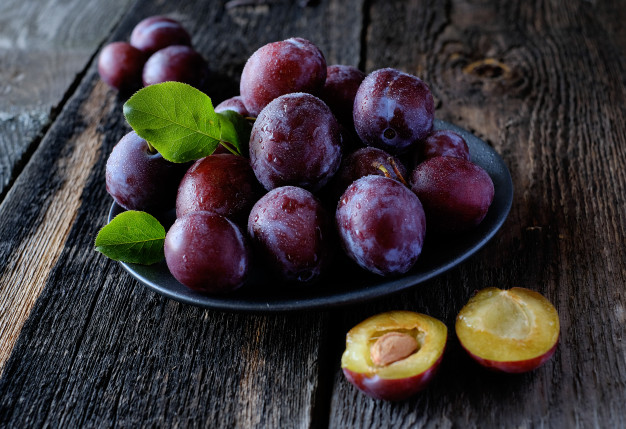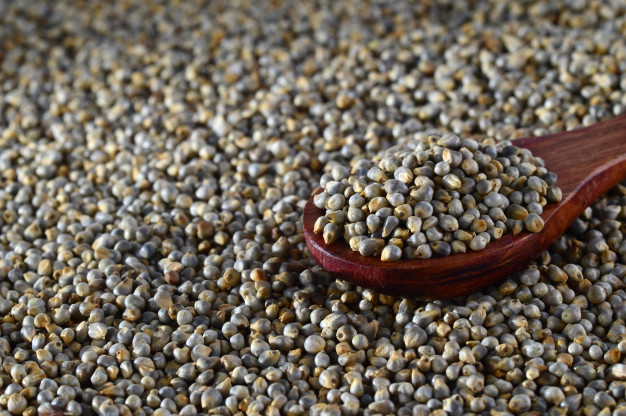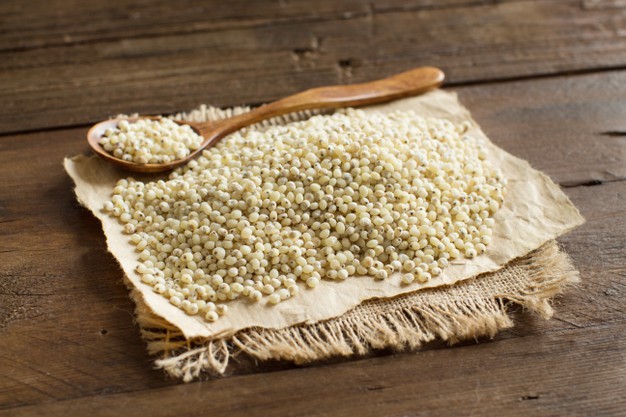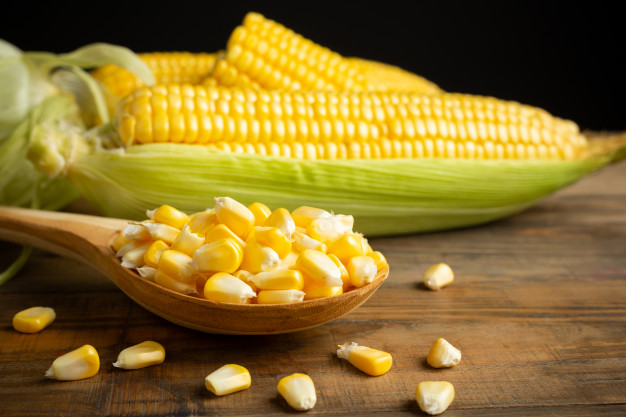Fibre is a polysaccharide (complex carbohydrate) also known as roughage. It is such a carbohydrate that cannot be digested by human body due to the absence of fibre splitting alimentary enzymes. As fibre is not digested, hence the entire ingested fibres are directly reaches to large intestine and helps to increases the mass of stool leading to easy defecation.
Fibre is mainly derived from plant sources. It has seen that every plant food is surrounded by a cell wall which is made up of cellulose, lignin and hemicelluloses. These substances are known as dietary fibre. Whereas crude fibre is another term which is closely related with dietary fibre but both are not same. Crude fibre is that portion of fibre which resists digestion by weak acids and alkalis.
Fibre plays several important roles within body and mainly helps to promote the colonic health. It has a potent relationship with various diseases like obesity, diabetes, ischemic heart diseases, gall stone and constipation. Consumption of fibre can protect the body from these degenerative diseases.
Types of fibre
Fibre is of two types which include –
Soluble fibre: The fibre which can be soluble in water is termed as soluble fibre. It is associated with attracting water during digestion and helps in the formation of gel that promoted digestion. It also helps to prevent several metabolic disorders. Pectin and gums are the example of soluble dietary fibre

Insoluble fibre: Fibre which is not soluble in water is known as insoluble fibre. It helps to absorb water during its passage through large intestine. It helps to add moisture to stool and makes it soft and bulky leading to easy elimination of stool. It acts as natural and potent laxatives and helps to prevent constipation. Another important role of bulky stool is to improve peristalsis, which is coupled with cleaning the intestinal wall by complete removal of waste and enhances the colonic health. Cellulose and hemicelluloses are the examples of insoluble fibre
Sources
The below table shows an overview of various sources of fibre –
| Foods rich in soluble fibre
| Foods rich in insoluble fibre
|
|
|
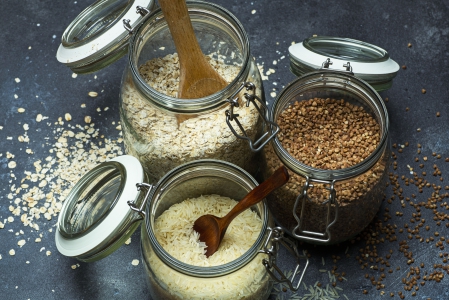
Health benefits
Role on obesity
- Fibre is such a food stuffs which provide very small calories with a sense of stomach filling. So, consumption of fibre helps to provide a feeling of satiety without liberating too many calories
- Fibre helps to reduce hunger resulting in reduced food intake which is related with generating a negative energy balance that helps to reduce body weight
- Fibre also helps to reduce glycemic load and body fat percentage that facilitates weight reduction
- Mainly soluble fibre helps to reduce body weight
Role on diabetes
- Fibre interferes with glucose absorption from intestinal epithelial cells to blood
- Ingested carbohydrates are digested and converted into glucose which is then absorbed in blood results in increasing blood glucose concentration. Fibre inhibits this glucose absorption and reduces post-prandial glucose concentration in blood hence reduces the risk of developing diabetes mellitus (elevated blood sugar level)
Role on blood cholesterol and cardiovascular system
- Fibre helps to increase the synthesis of HDL (good cholesterol) and helps to decrease LDL (bad cholesterol) and facilitates LDL excretion. This phenomenon helps to improve the blood cholesterol status of body
- Ischemic heart disease is a severe cardiac disorder characterized by narrowing of blood vessels due to fat deposition (caused by increased LDL level) resulting in less supply of blood, oxygen and nutrients to heart muscle and causes deadly damage to heart. Fibre helps in reduction of LDL hence helps to prevent atherosclerosis (fat deposition in blood vessels) thus reduces the risk of developing ischemic heart diseases

Role on preventing constipation
- Fibre cannot be digested hence it reaches to large intestine in undigested form that helps to increase the bulk of stool and generates a pressure leads to easy elimination of stool
- It also helps in water retention that makes the stool soft and bulky resulting in smooth defecation and prevents constipation
Role on Colonic health
- Fibre helps to increases the colonic motility as it enhances passage of bulky stool to large intestine through colon
- Increased colonic peristalsis is associated with complete bowel clearance, helps to inhibit colonic pouch formation in the wall of colon (due to accumulation of stiff stool) and reduces the risk of diverticular diseases, ulcerative colitis and colonic cancer
Role on preventing gall stone formation
- Cholesterol has a strong relationship with gall stone formation
- Prolong consumption of high calorie foods or fast foods or obesity are directly associated with increasing blood cholesterol level (especially LDL)
- Increased cholesterol is secreted through bile and accumulates within gall bladder and forms gall stone. Fibre helps to prevent gall stone formation as it helps to reduce the concentration of cholesterol

Recommended dietary allowance of Fibre
- An adult should consume 30g of fibre daily to meet its requirement
- Children between the age group of 2 to 5 years should consume 15g of fibre daily
- Children between 5 to 11 years of age should consume 20g of fibre per day
- Boys and girls between 11 to 16 years of age should consume 25g of fibre daily
Tips of getting more fibres in diet
- Consumption of fruits with their skin increases the fibre content
- It is better to choose a fibre rich breakfast such as whole wheat, biscuits made up of whole grain, brown bread, porridge of oats, as they are good sources of fibre. Consumption of breakfast cereal (whole grain) is much better than consuming other items
- Using potatoes with skin is better than using baked or boiled potatoes as the skin contains fibre
- To increase the fibre content of any curries, it is beneficial to add beans, peas and lentil to it and consumption of such curries are associated with increasing fibre intake
- To increase fibre content of dishes, vegetables should be consumed abundantly. It can be consumed as a side dish or by adding it with curries or in stew
- Consumption of cucumber is related with increasing fibre content of diet. So, it is beneficial to have salads with every meal

General considerations of consuming fibre
Consumption of fibre is very important for daily life but some considerations should be taken, which includes –
- Not to consume tea or coffee after consuming fibre rich food as tannin present in tea and caffeine of coffee inhibits fibre absorption
- Consumption of phytate and oxalate with fibre is not a good choice because it also reduces fibre absorption from intestine (Spinach, beet, sweet potatoes and chocolates are the common sources of phytate and oxalate)
- It is wise to consume water after consuming fibre rich food
- Consuming balance diet with proper fibre, water and regular physical exercise is a good practice that promotes healthy living
- Excessive consumption of fibre also causes several health hazards. Too much consumption of fibre causes unnecessary gas production due to its fermentation by intestinal microbes that affect the gastrointestinal system adversely. So, it is wise to consume fibre as per recommendation
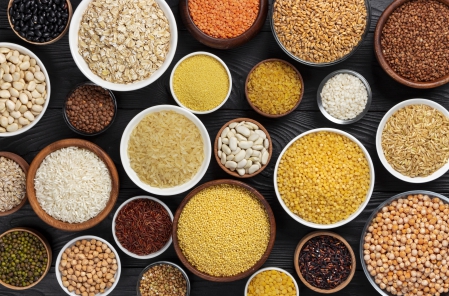
Source:
Chhabra, S., 2018. Dietary Fibre-Nutrition and Health Benefits. In Functional Food and Human Health (pp. 15-25). Springer, Singapore.
Gidley, M.J. and Yakubov, G.E., 2019. Functional categorisation of dietary fibre in foods: Beyond ‘soluble’vs ‘insoluble’. Trends in Food Science & Technology, 86, pp.563-568.
Khawandanah, J. and Tewfik, I., 2017. Dietary fibre regimen to modulate weight management: A pilot intervention based on fibre rich fruit-mix (FRFM). International Journal of Food, Nutrition and Public Health, 9(2), p.67.
Li, Y.O. and Komarek, A.R., 2017. Dietary fibre basics: Health, nutrition, analysis, and applications. Food quality and safety, 1(1), pp.47-59.
Liew, C.H., 2020. Dietary Fibre for the Prevention of Cardiovascular Disease. Irish medical journal, 113(5), p.76.
Lockyer, S., Spiro, A. and Stanner, S., 2016. Dietary fibre and the prevention of chronic disease–should health professionals be doing more to raise awareness?. Nutrition Bulletin, 41(3), pp.214-231.
McMillan, J., 2018. Health and wellbeing: 5 surprising benefits of fibre. LSJ: Law Society of NSW Journal, (44), p.54.
Salim, R., Nazir, F. and Yousf, N., 2017. Dietary fibre and its effect on health. Inter J Res Anal Rev, 4, pp.360-362.
